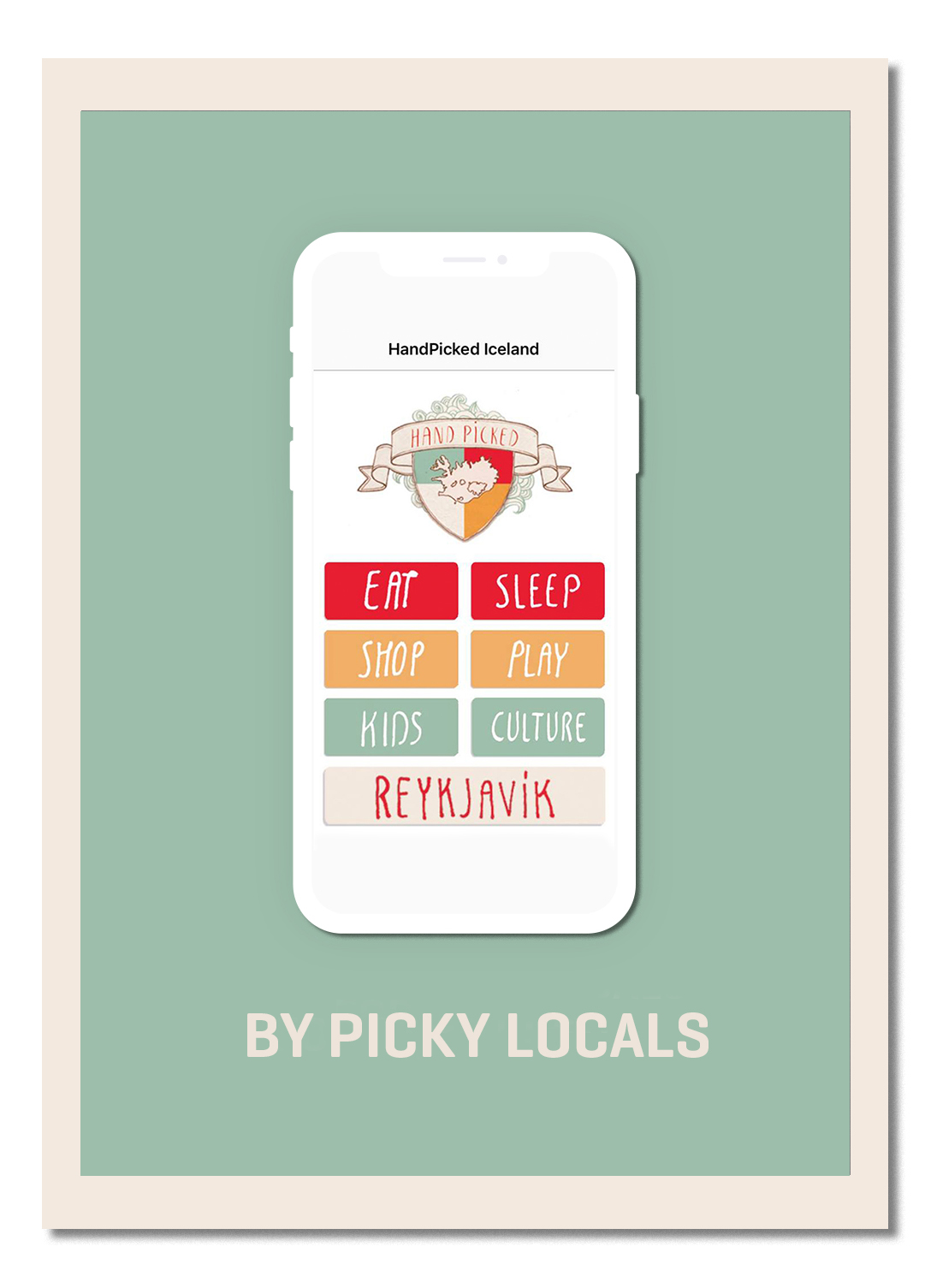
Singing Sourdough Bread
Text & Photos MARGRÉT RÓSA JOCHUMSDÓTTIR
As I arrive at Böggvisstaðir farm in Svarfaðardalur Valley on a pleasant autumn day, I’m greeted by a young man wearing an apron and a big smile. Baker and musician Mathias Julien Spoerry has invited me to his farm to learn all about the making of sourdough bread with an age-old French method in a brick oven, heated with Icelandic birch from surrounding forests.
Mathias learned the art of baking sourdough bread in a wood-heated brick oven in France as a baker’s apprentice. He has now built, by hand, a replica of that same oven on his farm in one of Iceland’s most beautiful valleys, bringing in a French expert to oversee the project. The oven, which weighs about 50 tons, is the first of its kind in Iceland. Mathias also imported a stone mill from France so that he could grind the wheat into flour himself, ensuring the ingredients’ freshness.
“It has a richer flavor and a much higher nutritional value, because it is freshly ground. I buy the wheat germ from a farmer in France. It is organically grown, an old variant known as heritage wheat or landraces. It is easier to digest and more nutritious than most of the wheat variants used today. Now I am experimenting by mixing Icelandic barley with it. I get it from the nearby farm Vallanes, as I prefer to use local ingredients whenever possible,” explains Mathias.

BREAD AND BREAD ARE TWO DIFFERENT THINGS
To make the sourdough bread as wholesome as possible, Mathias only uses freshly ground, organic wheat that is free from additives. That way, the minerals and beneficial vitamins are preserved, preventing them from being lost over time.
“The ordinary wheat that you buy in the stores has been stripped from its germ and bran. The germ contains most of the vitamins and antioxidants, whereas the bran contains fibres, protein, and minerals. The germ is rather fatty and becomes rancid rather quickly, which is why it has been removed from store-bought wheat. I never use instant yeast – the dough already contains yeast and bacteria, which we activate by adding the leaven to the dough. All kinds of enzymes are activated this way. One of these enzymes breaks down the gluten and starts “eating” it, so the bread becomes easier for us to digest. This is why sourdough bread is ideal for those who are gluten intolerant. Another enzyme, also activated during the fermentation process, breaks down phytic acid, which is present in all types of corn. This is crucial, because otherwise we can’t absorb the wheat’s minerals. In fact, the phytic acid works like a magnet, absorbing minerals from our bodies if not removed. Simply put, sourdough undergoes a whole different kind of fermentation process than ordinary bread,” Mathias explains.
“I never use instant yeast – the dough already contains yeast and bacteria, which we activate by adding the leaven to the dough“


TIME IS KEY
The baking process is a long one for Mathias, requiring more handiwork than you can imagine. One or two days before baking, he starts grinding the corn in his mill. “My dough only contains wheat, barley, water, and salt, and I only use a 2% starter. I hand-knead the dough in a large tub and let it rise overnight.”
The next morning, Mathias heats the oven to 300°Celsius and divides the dough into loaves. Each loaf is then put into their own basket and allowed to rise for another two hours. Once the oven is hot, Mathias removes the ashes from the burned wood and cleans the oven before baking can begin.
He cuts into the top layer of each loaf, allowing moisture to escape during baking and then places them in the oven for 30-60 minutes, depending on the dough and temperature. Finally, he removes the bread and lets it cool on a wooden table and walks around listening to the loaves to hear whether they sing, as is tradition in France. “What that means is that ideally, you hear a little crackle in the bread. That indicates that the crust is nice and crisp.”
Mathias delivers the bread to shops in the neighboring towns of Akureyri and Dalvík. “You can also buy it in our bakery here at Böggvisstaðir. People place orders via our Facebook page, Böggvisbrauð, which helps me estimate how much I should bake each time,” says Mathias.


